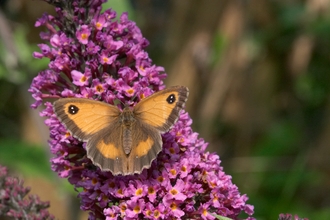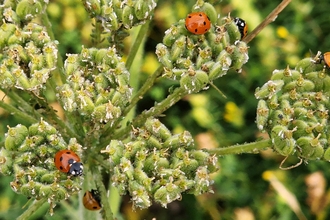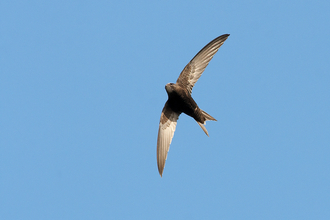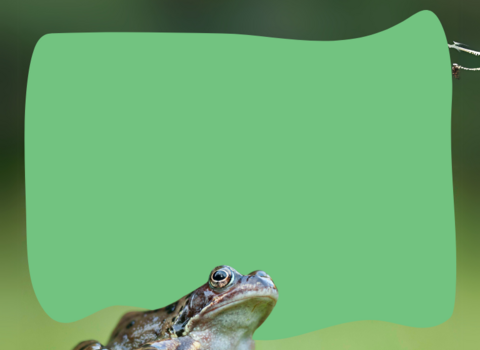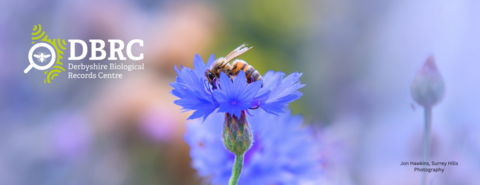
Derbyshire Wildlife Trust is proud to be the host of the Derbyshire Biological Records Centre
Derbyshire Biological Records Centre (DBRC), collectes and combines vital data on species across the county — from protected wildlife to priority habitats. With help from local experts, nature groups, charities, and passionate individuals, we’re constantly adding to our records.
We now hold over 3.42 million records and receive around 25,000 new ones each year — but we’re always looking for more! Every record matters, because if you don’t count, it won’t count!
Got a sighting? Get involved and help us restore Derbyshire’s wildlife.
How to submit your sightings
Online Recording System (ORS)
You can submit your sightings through the Online Recording System (ORS). Follow the link below to get started.
Either sign up and get loads of great features, including storage of your own records within the ORS where you can access them at any time, or use the guest account, which doesn't require you to sign up.
Through email
Email us at dbrc@derbyshirewt.co.uk
If you do email us to share your sighting, we'd please supply following important pieces of information:
1. Your name
2. What you saw, with a description if you're unsure or saw something unusual
3. Where you were, a grid reference/What3Words. Location address, the name of the nearest village/town, a postcode
4. The date you saw it.
These four pieces of information are vital for us to log your sighting. The more information you can give us about what you saw the better.
Recent Wildlife Sightings
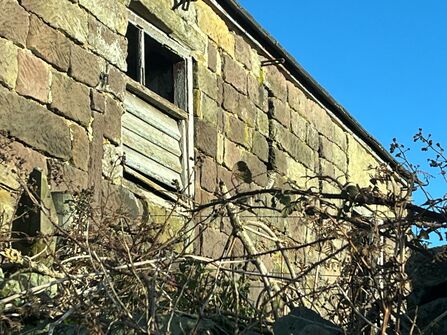
Now we're now in winter and the weather isn't exactly nice for being outside in nature (apart from the hardy souls amongst us - I am not one of them!), its still worth keeping an eye out for wildlife as you'll never know where it may show up. Here's a great photo of a little owl, if you can spot it.
This photo shows that you don't have to be a photographer with lots of kit to take a photo of wildlife and submit it to the DBRC. This photo was taken from a car window, from the road, using an iPhone.
We just love to see what you've seen.
Now we're now in winter and the weather isn't exactly nice for being outside in nature (apart from the hardy souls amongst us - I am not one of them!), its still worth keeping an eye out for wildlife as you'll never know where it may show up. Here's a great photo of a little owl, if you can spot it.
This photo shows that you don't have to be a photographer with lots of kit to take a photo of wildlife and submit it to the DBRC. It was taken from a car window, from the road, using an iPhone.
We just love to see what you've seen.
Why your sightings are important
Help create an accurate State of Nature Report
By sharing your observations, you become an active participant in safeguarding our natural environment and ensuring that the State of Nature report reflects the true richness and challenges of our wildlife.
The State of Nature report is a crucial tool for understanding the health and diversity of wildlife across Derbyshire. It provides a comprehensive overview of how different species are faring, highlights trends over time, and identifies areas where conservation efforts are needed most. This information helps policymakers, conservationists, and the public make informed decisions to protect and restore natural habitats and species.
Help create more effective conservation strategies
Everyone’s sightings play a vital role in this process. When you submit your wildlife sighting—such as birds, mammals, insects, or plant—you contribute valuable data points that build a detailed picture of local biodiversity. Your sightings can help detect changes in species populations, track the spread of invasive species, and identify new or rare species sightings that might otherwise go unnoticed, enabling better analysis and more effective conservation strategies.
Data Sharing
Sharing biological records helps in creating a central repository of data that can be accessed by researchers, policymakers and other stakeholders.
This data sharing enables greater efficiency in research and conservation efforts, leading to better informed decision making.
Collaboration
Collaborating with the DBRC fosters partnerships and collaborations between organisations, scientists and other data users.
This collaboration can lead to new insights and discoveries, as well as the sharing of best practices and techniques.
Conservation Efforts
Biological records are essential in the development of conservation plans.
Sharing these records with the DBRC helps develop better conservation strategies based on data-driven decision-making.
Accessibility
Biological records hold valuable information that may not be accessible to everyone.
Making these records available through the DBRC ensures that data is accessible to anyone interested in research or conservation efforts
Long-term Monitoring
Sharing biological records with the DBRC helps in the long-term monitoring of species and habitats.
This monitoring is essential in detecting changes in the population's range, and habitats that can inform conservation efforts.
Gap in the Map
Gap in the Map shows a map of Derbyshire, with a scale of shaded blue 1km OS grid squares. The aim of the map is to encourage you to target your species, recording in squares where we have fewer records, although you can record in any square. The more we record the better. If you don’t count it, it won’t count.
The darker the colour the more species records we hold for that grid square.
The lighter the colour the fewer species records.
The white grid squares means very few/no species records.
Note: we could have records in squares that are white but they maybe at a resolution of less than 4 figures i.e. 10km resolution.
Please remember to record safely and legally, and check if you have right of access/landowner permissions.
Requesting Biological Data
To continue providing high-quality data and service, we've partnered with North Wales Environmental Information Service (Cofnod) through a cloud-based platform called My LERC. This platform improves how you access, view, and use our data.
We're part of My LERC Online, a shared system used by eight other LERCs, making data requests easier and more streamlined.
Find us here:
If you’ve any queries or need help, please drop us a line at dbrcdatasupply@derbyshirewt.co.uk
Thank you for your continued support, Derbyshire’s wildlife appreciates it.


